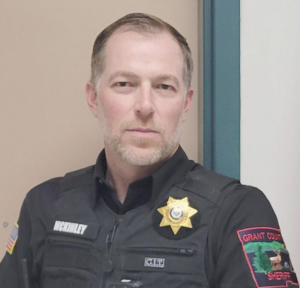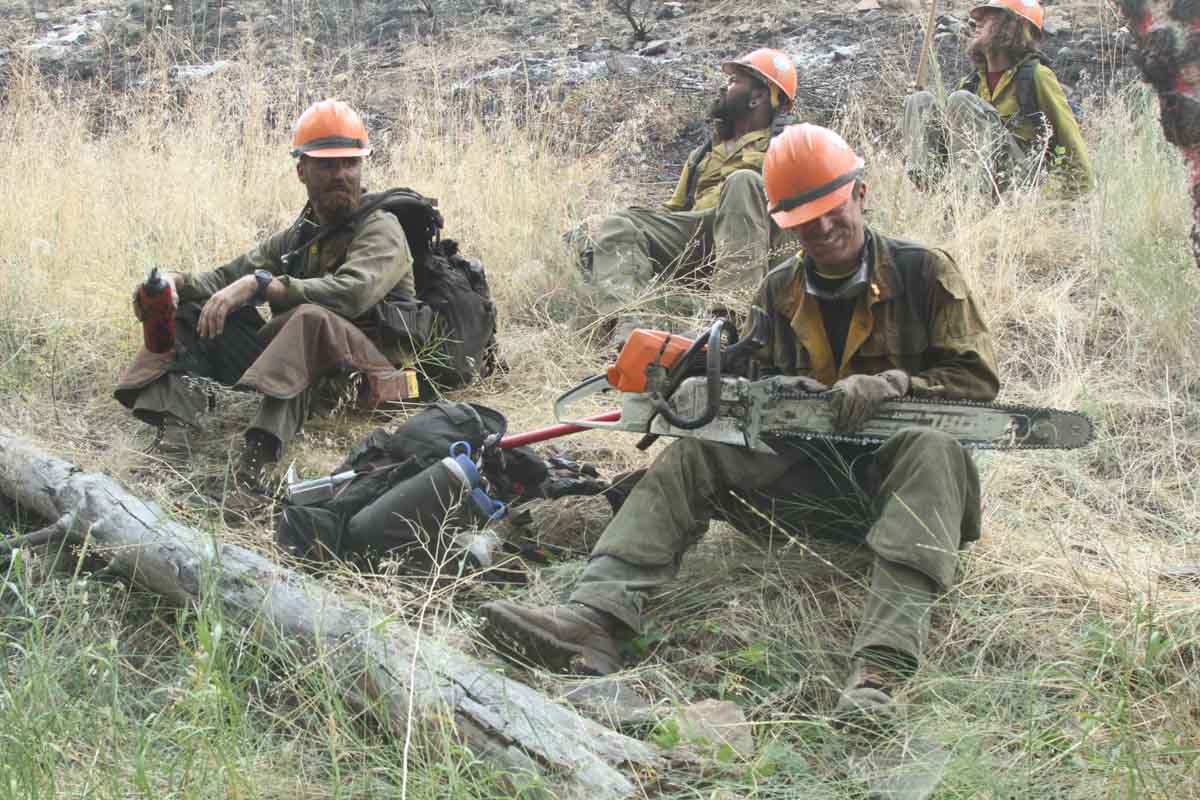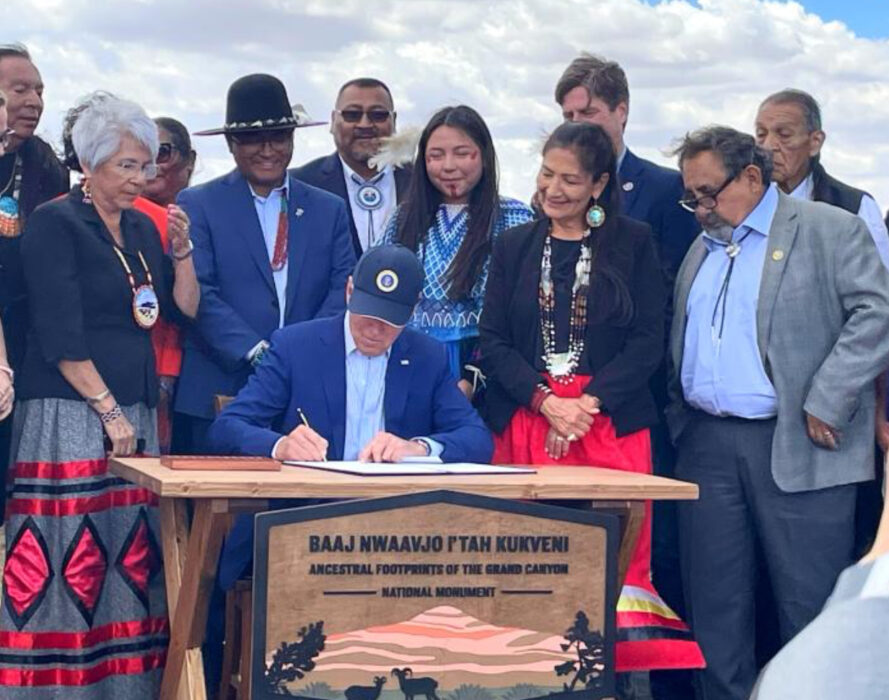It’s been just over a year since the Grant County Sheriff in eastern Oregon kicked over a hornets’ nest and made national headlines by arresting and handcuffing a Forest Service burn boss for “reckless burning” while he was directing a planned and active prescribed fire. And the case is still under investigation.
“It is wrapping up,” Sheriff Todd McKinley recently told the Blue Mountain Eagle. He said he plans to forward the investigation to the district attorney “in the near future.”

Firefighters who remained on the job brought the private land slopover under control in about an hour; they also maintained control of the prescribed burn on national forest land.

Snodgrass was driven to the county jail, where he was officially booked and then quickly released.
The Starr 6 Burn very quickly hit the news and ignited controversy — far beyond Oregon and the wildland fire community. The story was picked up by news organizations including the Washington Post, The Guardian, NBC News, ABC News, Reuters, and others.
It was one of the first prescribed fires initiated after new restrictions and guidelines were established in early 2022 — rules that followed a 90-day stop-work after New Mexico prescribed fires escaped — the Calf Canyon – Hermit’s Peak fire burned several hundred thousand acres and hundreds of structures early in 2022.
Forest Service Chief Randy Moore quickly vowed he would “not stand idly by” after this first-ever arrest, and that he and others would defend USFS employees. The head of the NFFE union said the sheriff interfered with a federal employee in the course of his duties.
Since his arrest a year ago, Ricky Snodgrass has been waiting to hear whether he might face criminal charges in Grant County. District Attorney Jim Carpenter will consider several possible options, depending on the evidence collected and how he assesses it.
Sheriff McKinley also may find out he’s been charged with a crime. Firefighters at the burn during the arrest warned the sheriff that if he detained the burn boss, who was in the middle of conducting a prescribed fire and acting in an official capacity in command of the personnel and their safety and also that of neighboring county residents, he could face charges of obstructing a federal employee during the performance of duties.
McKinley recently told the Blue Mountain Eagle that he doesn’t know whether charges might be filed against him. “I haven’t even been talked to,” he said.
Tony Chiotti, ace reporter with the Blue Mountain Eagle in John Day, wrote this in-depth report after the arrest, re-published on 10/26/22 by WildfireToday.











